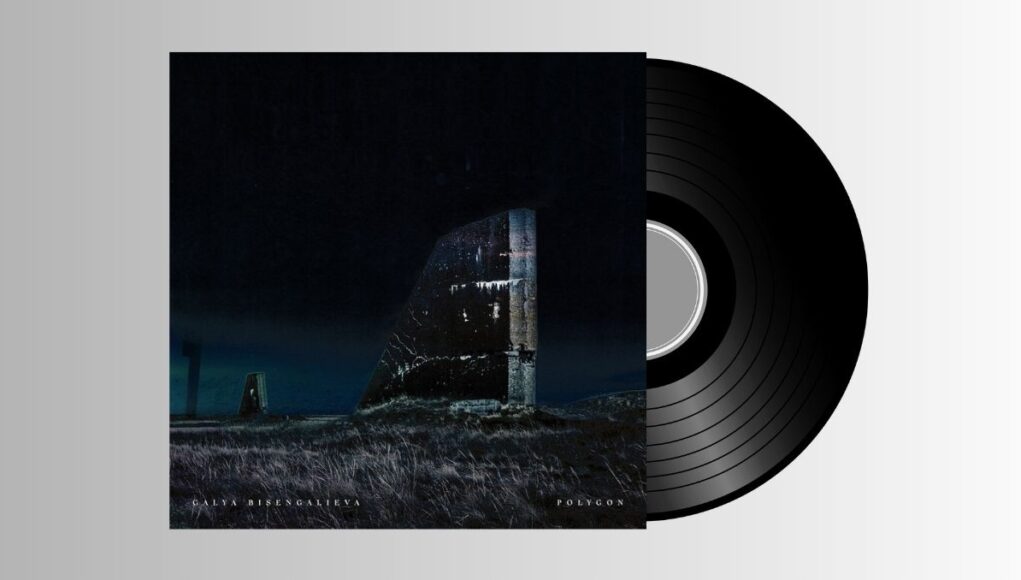Kazakh-British artist Galya Bisengalieva returns this October with her second studio album for One Little Independent, Polygon.
Like Galya’s 2020 debut album Aralkum the composer, producer and musician returns to stories from her home country of Kazakhstan. While Aralkum was about the shrinking of the Aral Sea, Polygon tells the tale of one of the darkest episodes in Kazakh history. Though it created more nuclear fallout than Chernobyl, the story of the Semipalatinsk Test Site located on the steppe in north east Kazakhstan (known as The Polygon) is little known internationally. It was the Soviet Union’s primary testing zone for nuclear weapons and they conducted 456 nuclear tests there from 1949 to 1989, with the vast landscape providing anonymity and isolation. Each track on the LP is named after features within The Polygon; villages, towns, natural features and other landmarks. To Soviet leaders it was “uninhabited” but in fact the steppe was the crucible of Kazakh culture, home to poets, musicians and the country’s most famous literary figure Abai Quananbaiuly, not to mention an extraordinary ecology of mountains, hills and pine forests running along the river Irtysh.
Born in the Kazakh capital Almaty in the late 80s before the collapse of the Soviet Union, Galya’s work returns to the themes of the environmental and the geopolitical for meditations on events that escape the power of words to capture. The subjects chose her due to the impact of her childhood in the country; news on the TV or a conversation with grandparents at the kitchen table. She comes from a family of musicians; both her parents played for the National State Symphony Orchestra in Kazakhstan; her mother as a cellist and her father as orchestra lead. Her grandfather played the long-necked Turkic folk instrument the dombra (and was one of the first players to be recorded on vinyl during the Soviet era). Before 1991 the country was so poor many families including Galya’s needed to queue up for bread. She later won a music scholarship to the UK and studied violin first at the Royal Academy for undergrad then a masters at the Royal College of Music.
There have been a handful of films about The Polygon legacy and the dramatic tensions on the record play out like a film. Not a surprise given Galya’s career and her credits across movies and television. As leader of the London Contemporary Orchestra she has played on numerous Paul Thomas Anderson movies, as well as improvising for Luca Guadagnino’s 2018 Suspiria. As a solo violinist her playing style has had a huge impact on the sound of movies leading her to become a go to collaborator for many composers including Oscar winners Hildur Ingveldardóttir Guðnadóttir and Volker Bertelmann. Her technique of circular bowing adds an ethereal shimmer to the violin closer to synthesised sound and ushered a new texture into the lexicon (and is also in evidence on Polygon). The unique tone has seen Galya’s playing sought out by other musicians, like Sigur Rós, The National, Taylor Swift, Frank Ocean, Radiohead and Actress.
Galya’s voice and violin electronically manipulated are the beating heart of the record, using various preparation techniques to create a range of industrial bleeps and percussive clicks and other soundstage effects, recorded without a tempo bar structure and a click for an untethered, out of time effect.








